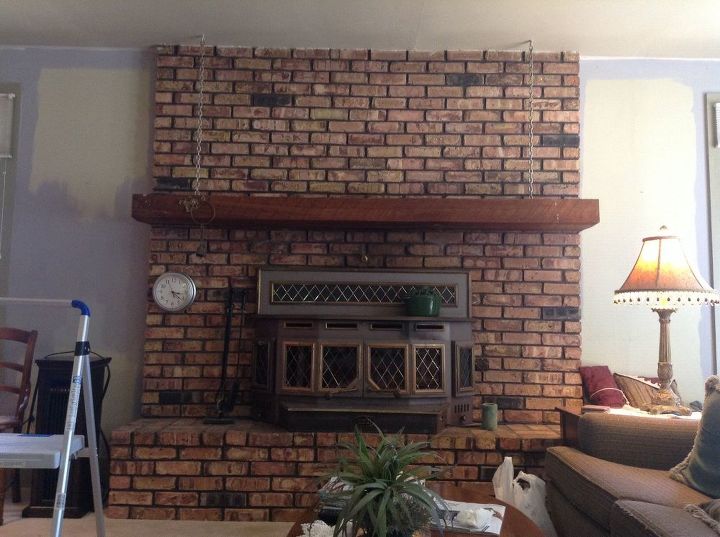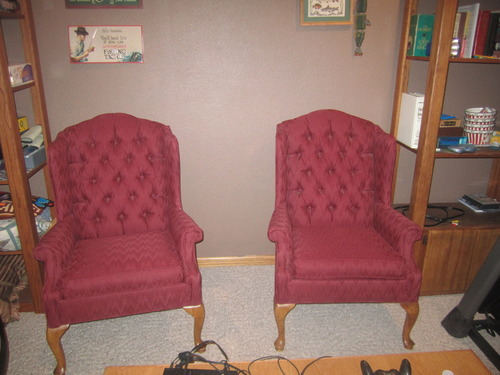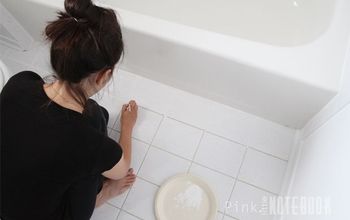How can I DIY Chalk paint

Related Discussions
Should I paint or stain my oak kitchen cabinets?
I was wondering if you could help me with something -- I have an entirely oak kitchen. I know it's the rage now to paint or gel stain cabinets. I've been considering ... See more
How to paint a metal front door?
How do I paint my front door? It's metal.
How to paint grout?
How do I paint grout to change the color? The grout is in great shape, but the color - meh.
How to whitewash a brick fireplace?
What is the best method to whitewash bricks surrounding a fireplace?
Can a water based varnish be used on chalk paint?
Is it possible to use a water based clear varnish instead of the finishing wax on chalk painted furniture? I love the look of distressed chalk paint but I'd like a sa... See more
DIY chalk paint for upholstery?
I'm fortunate to be getting two wing chairs for free! I was wondering if anyone has done a DIY version of chalk paint on upholstery. Would like to try a DIY version i... See more




http://salvagedinspirations.com/best-homemade-chalk-paint-recipes/
1 part Plaster of Paris
3 parts paint (matte)
water